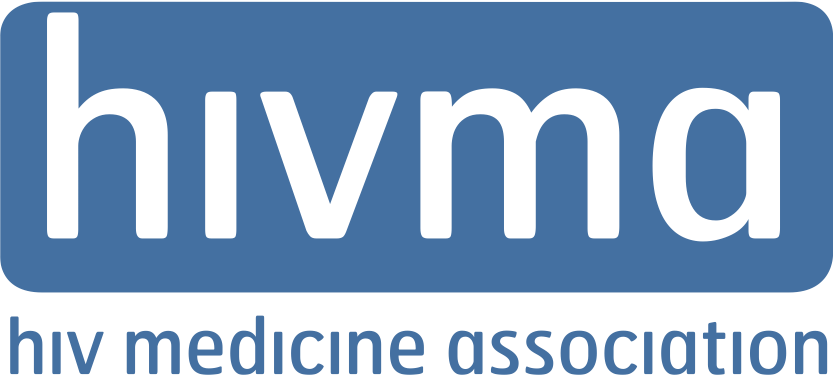Three Decades of the Ryan White HIV/AIDS Program Have Set an Example, and a Path Forward
Judith Feinberg, MD, FIDSA, Chair, HIV Medicine Association
Anna Person, MD, Co-Chair, Ryan White Medical Providers Coalition
Today we mark the 30th anniversary of the Ryan White HIV/AIDS Program, a lifesaving program passed as the Ryan White Comprehensive AIDS Resources Emergency (CARE) Act by Congress in 1990 with overwhelming bipartisan support, in response to a deadly virus made all the more destructive by stigma and misinformation. The legislation, named for a young man who stood up against the discrimination he faced from the disease which took his life in 1990, was urgently needed to support hospitals and community-based organizations responding to the public health crisis.
As clinicians and researchers committed to HIV medicine, we have witnessed remarkable advances in HIV care and treatment over the last three decades. Without the Ryan White Program too many of our patients who face significant barriers accessing healthcare would not benefit from those advances. Serving more than half a million people living with HIV -- more than half of those diagnosed with HIV in the U.S.-- the program supports comprehensive HIV care for those without health insurance and provides essential services not covered by health insurance.
While roughly 50% of people living with HIV still are not in regular care, the Ryan White Program reduces health disparities for those with access to it. Nearly three-quarters of those receiving services are either Black or Latinx and more than 60% have incomes at or below the federal poverty level.[1] The average rate of viral suppression -- the virus suppressed in patients to levels so low that it is undetectable, protecting their health and eliminating their risk of sexual transmission -- among people receiving Ryan White services nationally is 87.1%, compared to a national viral suppression rate among people with HIV reported by the Centers of Disease Control and Prevention of 62.7%. Given its success, the program has a critical role in the administration’s Ending the HIV Epidemic initiative which aims to reduce new HIV infections by 90% by 2030.
It has been called “one of the finest pieces of legislation to come out of the Senate” by Senator Orrin Hatch, one of the Ryan White Program’s original architects. We call on policymakers to continue to strengthen and support the program at the highest levels possible as we recognize and honor the lives that the Ryan White Program has saved over the last 30 years. We also urge policymakers to learn from the success of the Ryan White Program as our nation confronts the extreme health disparities brought into the light by the COVID-19 pandemic. Three decades later, the Ryan White Program is as important as ever to our patients with HIV and to our nation’s HIV response, and should be a guide in ending health inequities in the U.S. for all.
[1] The Federal Poverty Level in 2020 is $12,760/year or $1,063/month in 48 states and the District of Columbia.


